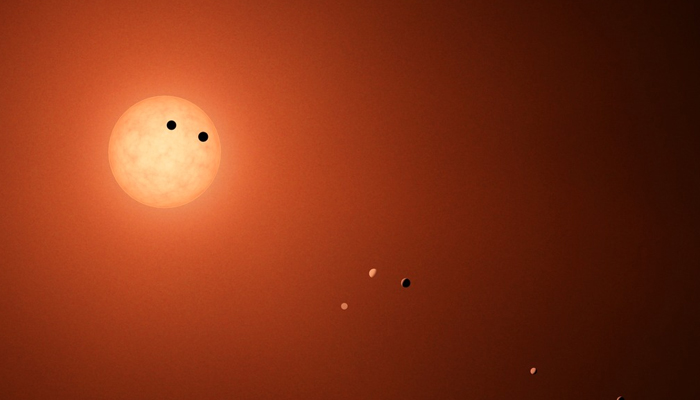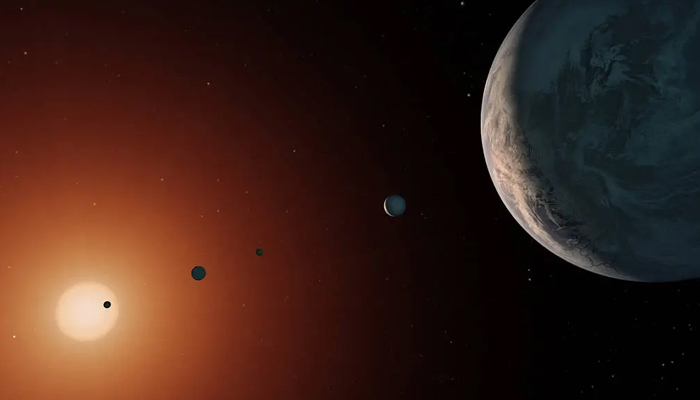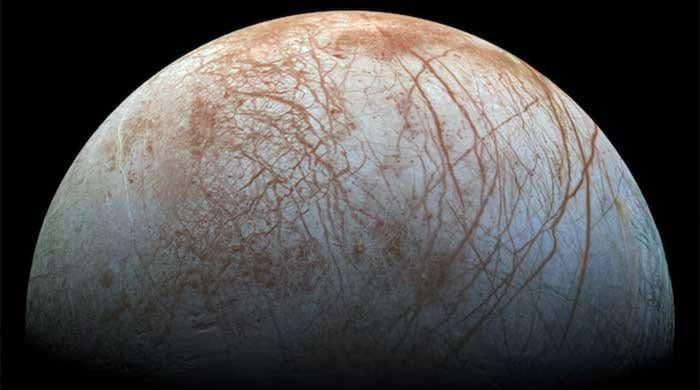Astronomers discover new exoplanet; can humans live there?
This planet has infrared glow instead of visible light
April 04, 2024

Astronomers in their new study suggested that they have discovered a new rocky planet that resembles our Earth and is revolving around the axis of TRAPPIST-1 star.
The discovery was made possible with the help of Nasa’s ultra-sensitive Spitzer Space Telescope.
Astronomers also used the powerful James Webb Space Telescope to measure the temperature of the newly found exoplanet. The findings were published in the journal Nature.
According to the Metro UK report, the newly found planet is named as TRAPPIST-1b and has an infrared glow instead of a visible light.
The study co-author Dr Pierre-Olivier Lagage, said: "There was one target that I dreamed of having. And it was this one. This is the first time we can detect the emission from a rocky, temperate planet. It’s a really important step in the story of discovering exoplanets."

The temperature of TRAPPIST-1b was measured at around 230C.
Nasa said that despite lacking an atmosphere, it is the first time that an exoplanet has a light as "small and as cool as the ones in our solar system."
Lead author Dr Thomas Greene stated: "These observations take advantage of [James Webb Space Telescope] mid-infrared capability. No previous telescopes have had the sensitivity to measure such dim mid-infrared light."
The current discovery is important to study further about such planets orbiting small stars and their environmental habitability.
The researchers said that it is the innermost planet and gets around four times more energy than our Earth receives from the Sun.









